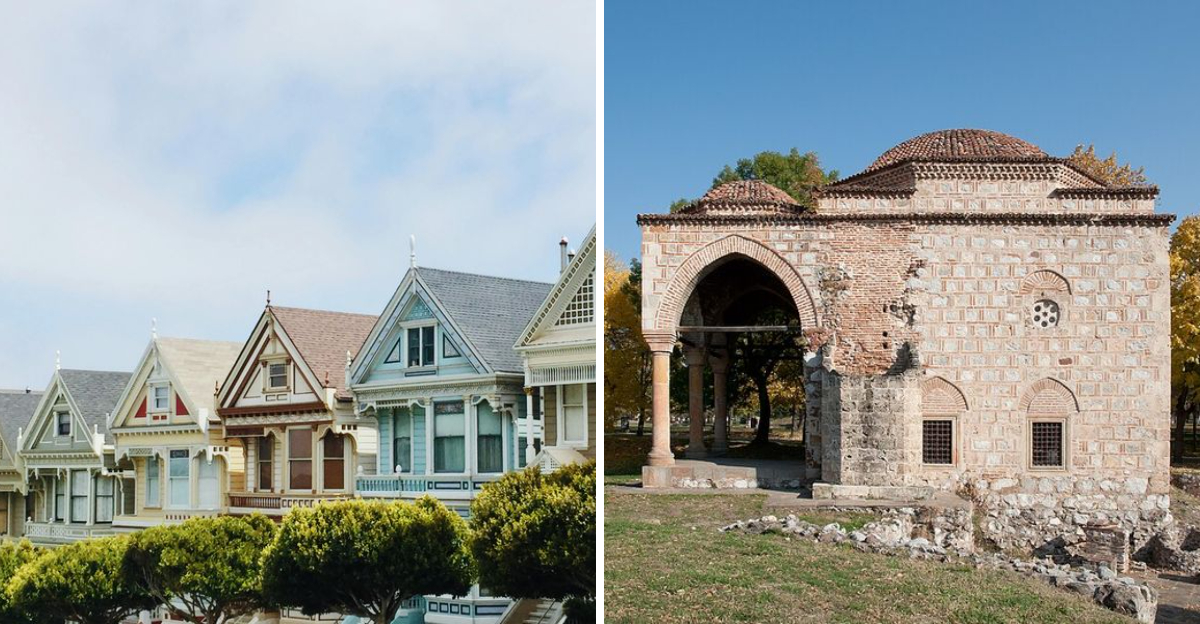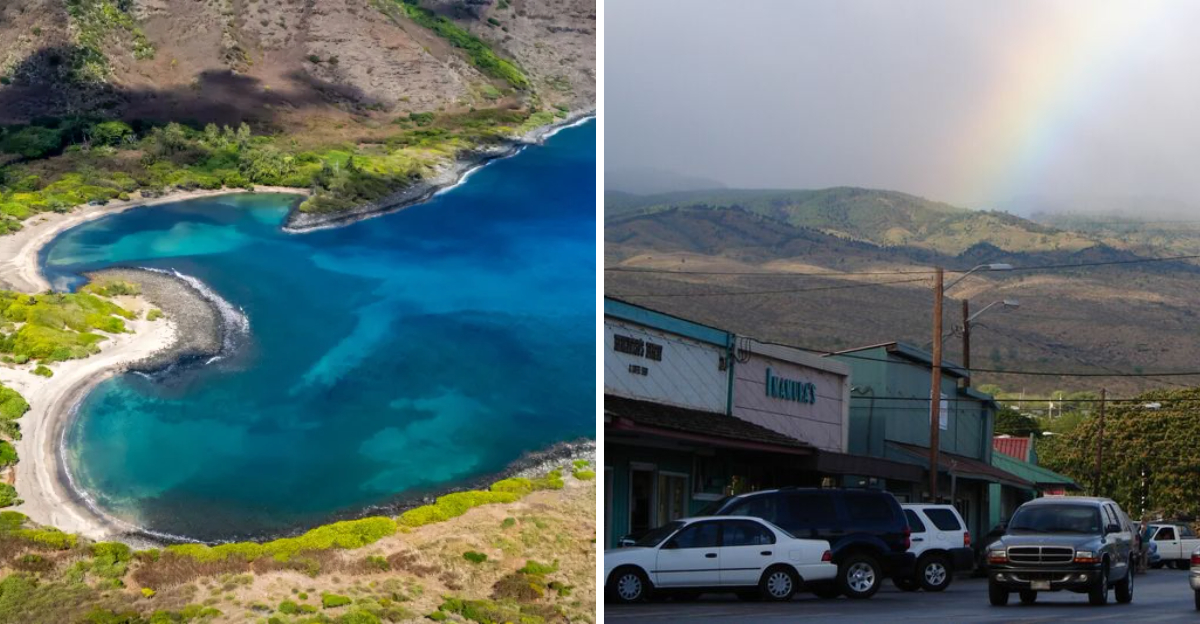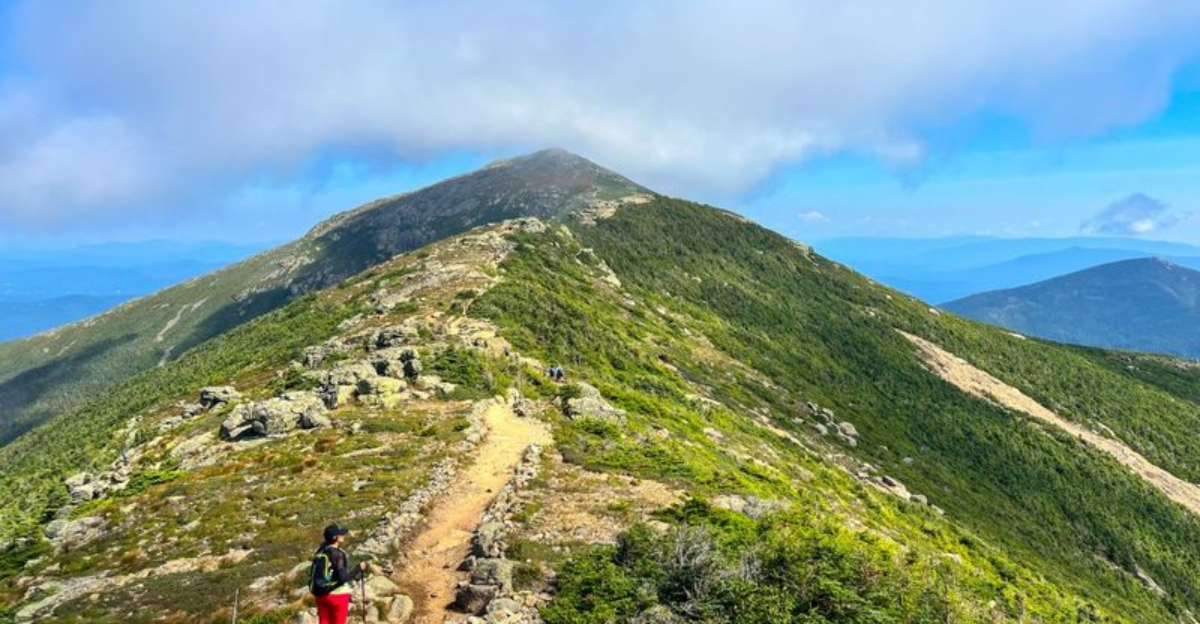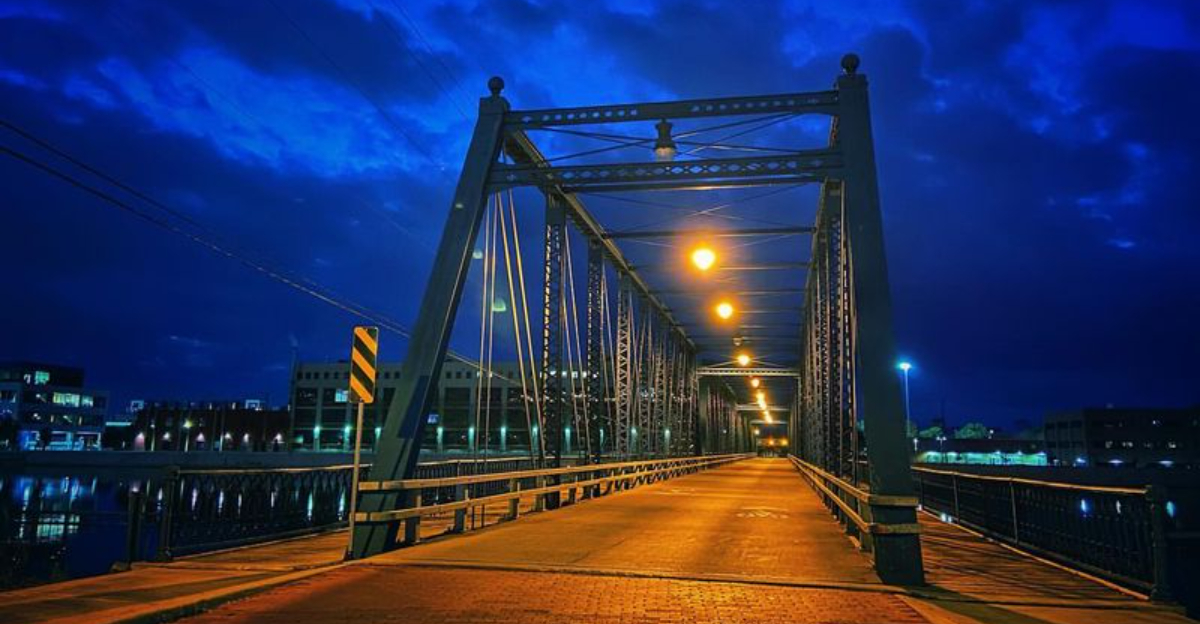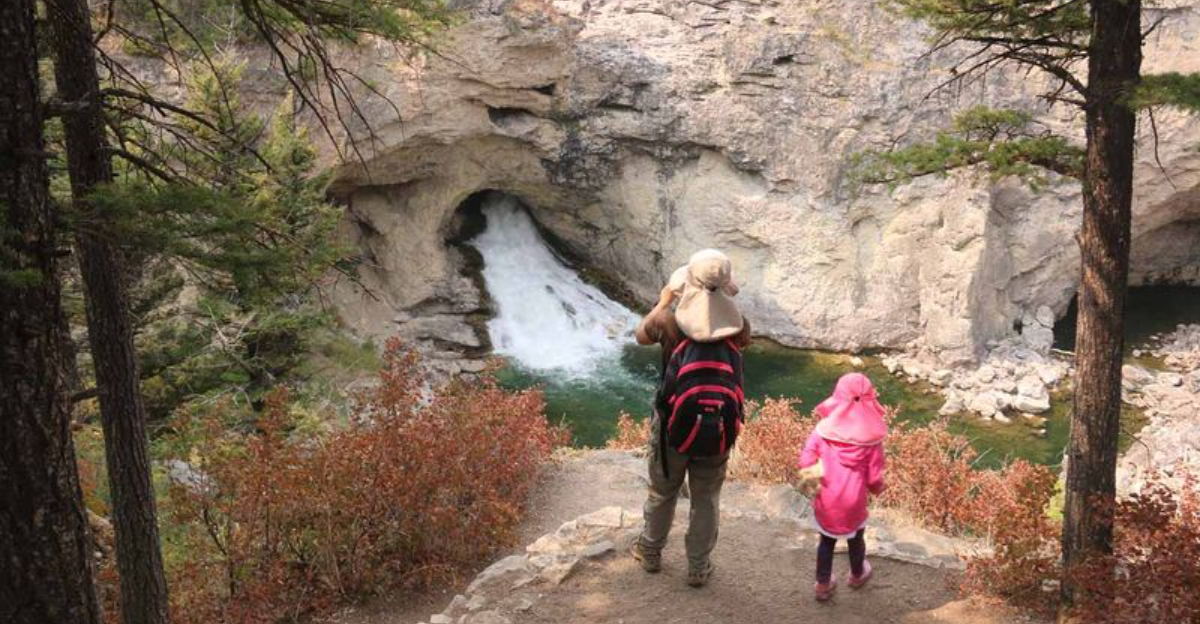This Hidden Park In North Dakota Is A Dream For Nature Enthusiasts
Out in the rugged badlands of western North Dakota waits a wild playground that most road-trippers blow right past.
Theodore Roosevelt National Park spreads across more than 70,000 acres of painted canyons, prairie winds, and skies so wide they look hand-stretched. Bison lumber like living bulldozers, wild horses kick up dust, and the air carries that crisp mix of sagebrush and adventure.
Whether you’re a shutterbug chasing golden sunsets, a hiker itching for new trails, or a soul craving quiet under the stars, this park proves solitude can roar louder than a crowd.
8. Majestic Badlands Formations
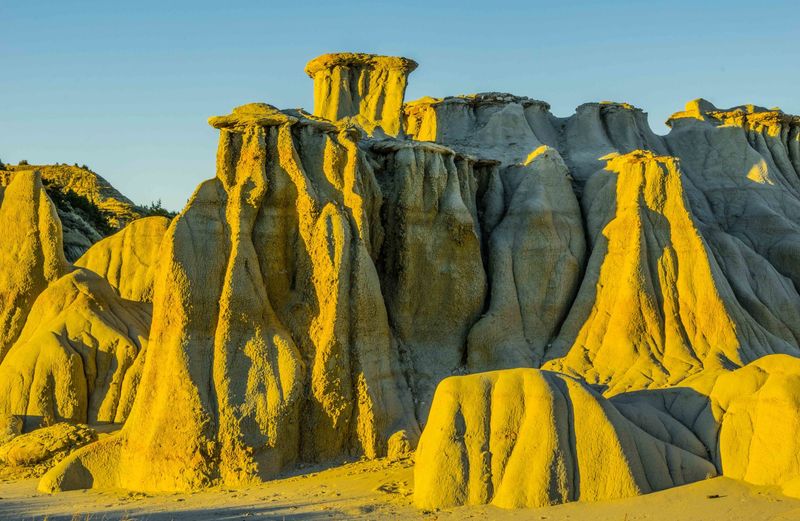
Erosion has sculpted an otherworldly playground here! Wind and water have carved the soft clay into a labyrinth of ridges, buttes, and hoodoos that change color throughout the day.
Morning light bathes these formations in golden hues, while sunset transforms them into a fiery display of oranges and purples. The park’s unique geology tells a 65-million-year story of ancient rivers, volcanic ash, and persistent natural forces.
Snap photos from scenic overlooks or hike among these formations for an up-close encounter with some of America’s most underrated landscapes.
7. Wild Horse Herds
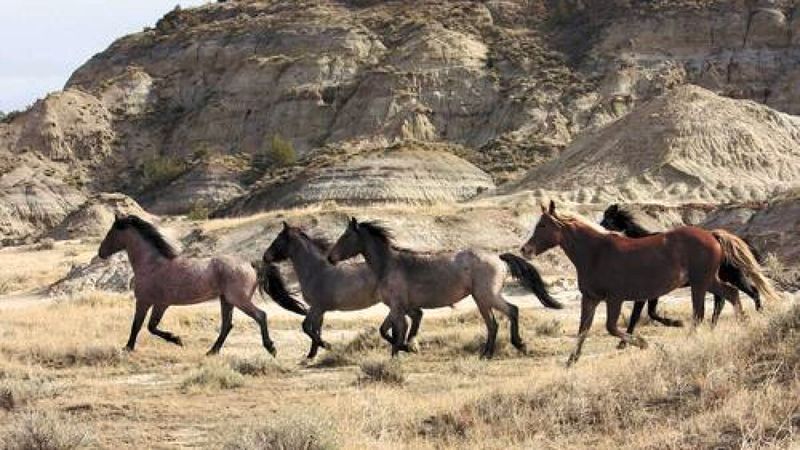
Descendants of ranch horses released decades ago, these magnificent creatures roam freely through the South Unit. Spotting a band of wild horses galloping across the prairie might be your most magical park moment!
Each herd typically consists of a dominant stallion, several mares, and their foals. Their natural behaviors remain largely unchanged from their ancestors, creating a living window into America’s frontier past.
Bring binoculars and visit in early morning or evening when horses often graze in open areas. Rangers can suggest current hotspots for horse sightings.
6. Bison Encounters
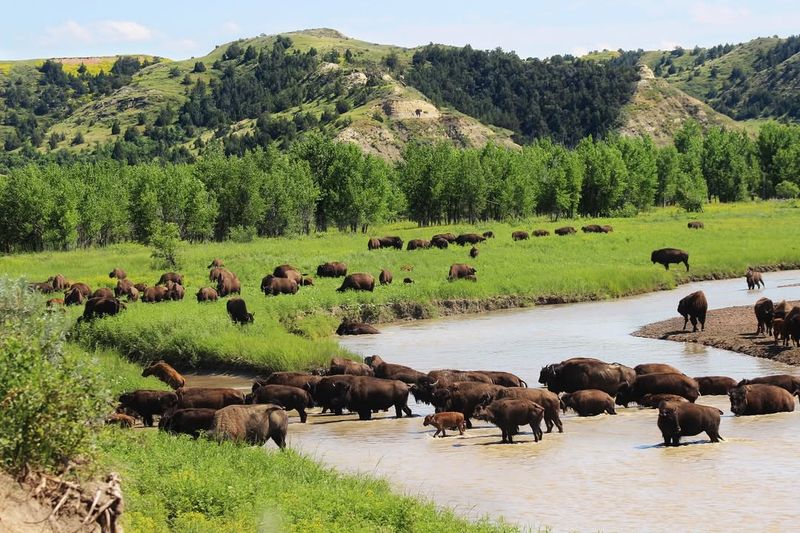
Nothing screams wilderness quite like a two-thousand-pound bison strolling across your path, shaggy coat swaying and musky prairie scent drifting on the breeze.
Once nearly lost to history, these icons now roam freely through mixed-grass landscapes, living proof of successful conservation. Summer paints the plains with orange calves bounding beside watchful mothers, a scene equal parts adorable and wild.
Come July and August, bulls steal the show, bellowing like rolling thunder, kicking up dust, and locking horns in primal clashes. Visitors stand in awe, but safety demands respect – maintain twenty-five yards, because giants can sprint thirty-five miles per hour.
5. Stargazing Paradise
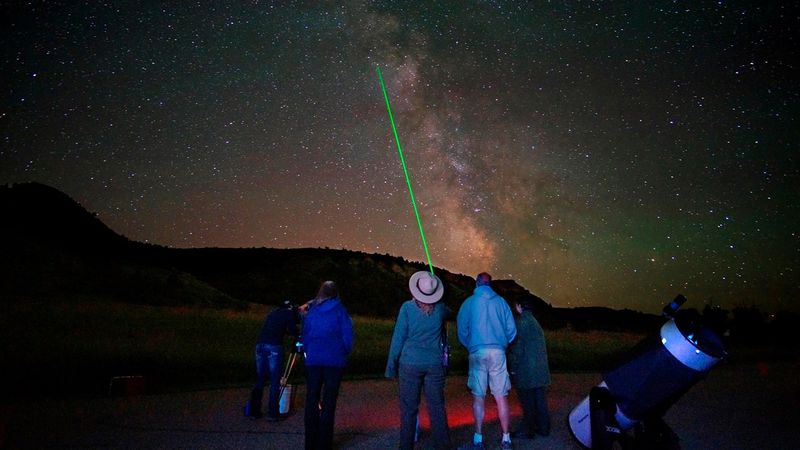
Far from glowing skylines, the park transforms nightly into an open-air planetarium where the Milky Way sprawls so vividly it feels like fingertips could brush stardust. Perseids in August and Geminids in December streak across velvet skies, rewarding patient stargazers with glittering fireworks.
Ranger-led programs add magic, weaving constellation myths and navigation lore into evenings already brimming with awe.
Crisp prairie air carries earthy scents, reminding visitors to layer up, since temperatures tumble once darkness settles. Red-filtered flashlights glow faintly, guiding safe steps while preserving eyes adjusted to cosmic theater. Every glance upward becomes both science lesson and soulful meditation.
4. Petrified Forest Loop
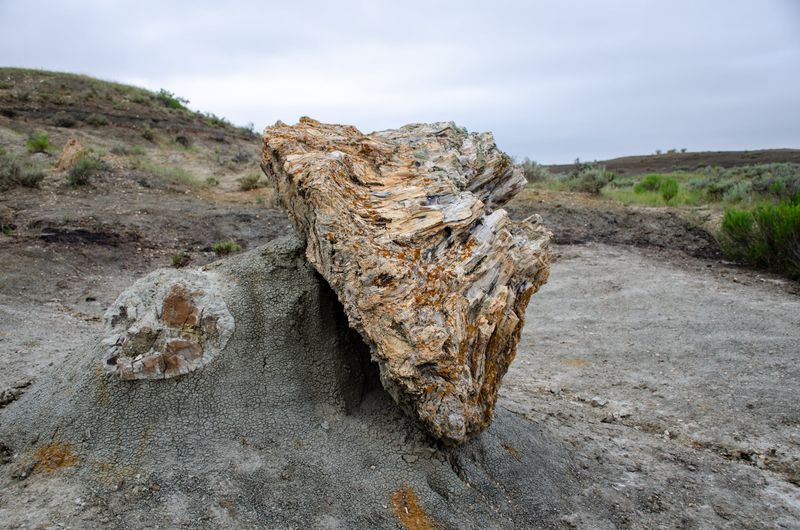
Walking among sixty-million-year-old stone trees feels like stepping straight into prehistory, where whispers of ancient forests echo across silent badlands.
Once mighty redwoods and sequoias pierced the sky before volcanic ash entombed them, mineral magic slowly transforming trunks into shimmering fossils. Many stone logs still display growth rings and bark textures, uncanny reminders of vanished giants. A rugged ten-mile loop challenges hikers with heat, dust, and thirsty miles, yet solitude rewards every step.
Panoramic views stretch endlessly, winds carrying the dry scent of sage while sun ignites colors in petrified wood, turning each log into a jewel of deep time.
3. Little Missouri River Corridor
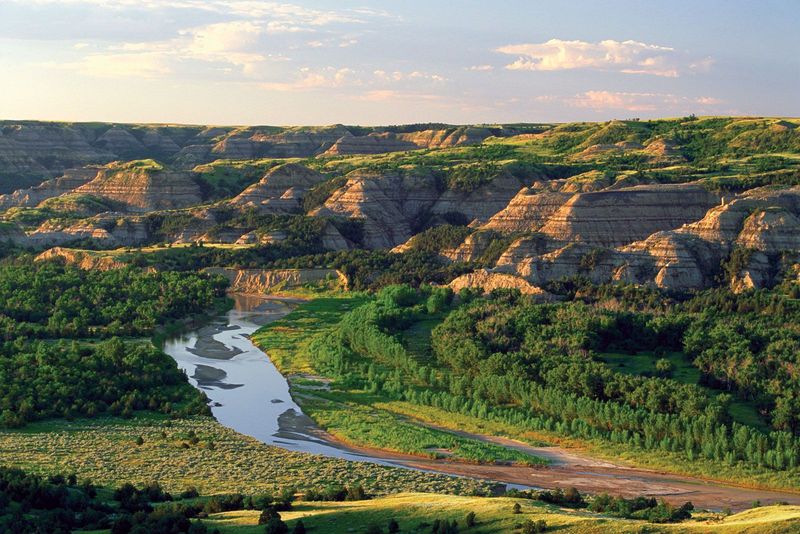
Life-giving waters snake through this arid landscape, creating a green ribbon where wildlife congregates! The meandering Little Missouri River carved these badlands over millennia and continues shaping them today.
Spring brings dramatic rises as snowmelt and rainfall transform the normally placid waterway into a chocolate-colored torrent. Summer reveals sandbars where deer and pronghorn antelope come to drink while herons stalk the shallows.
Canoeists can explore the river during stable water levels, though fallen trees and shifting channels require experience. Check with rangers about current conditions before planning water activities.
2. Roosevelt’s Elkhorn Ranch
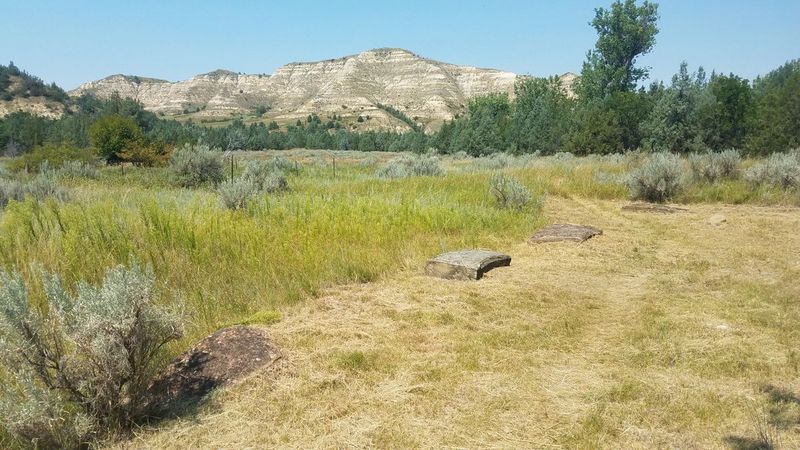
History buffs find sacred ground at Elkhorn Ranch, where Theodore Roosevelt sought healing after heartbreak and forged his conservation spirit.
Only foundation stones remain, yet interpretive signs paint vivid images of life in the 1880s. The surrounding landscape feels frozen in time, winds whispering across prairie grasses just as Roosevelt once heard them.
Getting here demands grit – rough roads and river crossings test determination – but that effort rewards visitors with solitude and reflection. Isolation creates intimacy, placing travelers face-to-face with the environment that shaped a president. Standing among weathered stones, one senses not loss but living legacy, echoing America’s conservation roots with pride.
1. Painted Canyon Sunrise
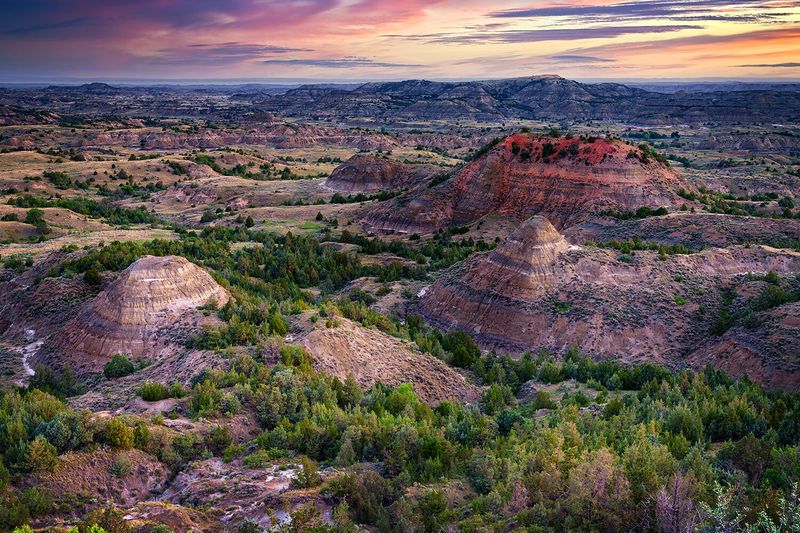
Early risers score North Dakota’s best light show at Painted Canyon, where dawn paints stone with a brush dipped in fire and sky.
First rays creep gently, shifting bands of purple and blue into glowing streaks of orange, red, and gold, each layer telling a mineral-born story.
Colors intensify minute by minute, canyon walls humming with ancient beauty. Even quick road-trippers can marvel, since the overlook and visitor center perch right beside Interstate 94. Steam curls from coffee cups as travelers bundle against crisp air, hearts racing as horizons ignite. Nature unveils a masterpiece no gallery could ever match.

